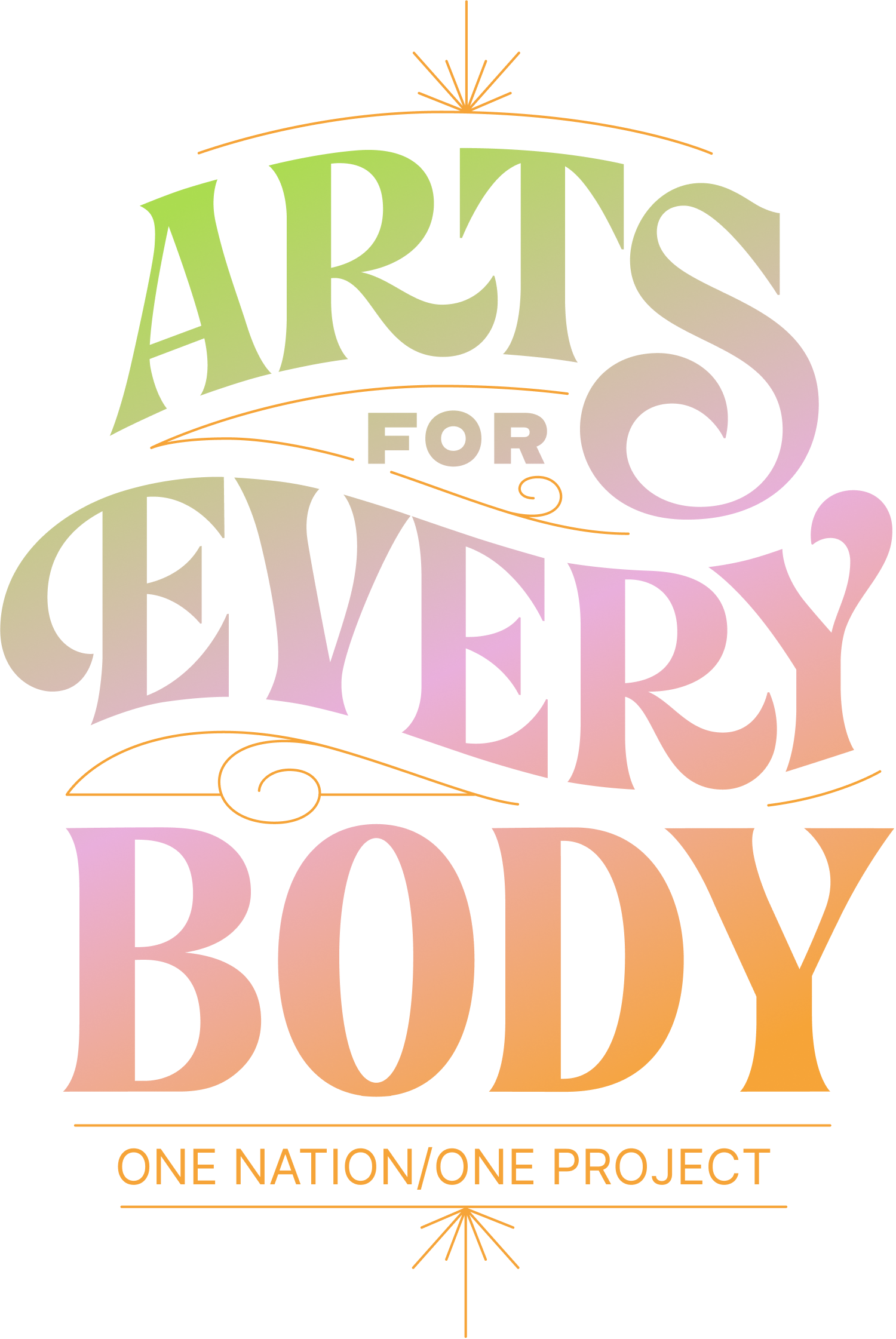Art on your prescription – a museum, a gallery, maybe some music?
Art on prescription programs in Australia, inspired by successful UK models, demonstrate significant mental and physical health benefits for older adults, though they face challenges integrating into the mainstream healthcare system.
In an article published by Caroline Zielinski in Cosmos on March 4, 2024, the concept of "art on prescription" is explored through the lens of its application in Australia. Professor Christopher Poulos, a rehabilitation physiotherapist, was inspired by a UK model and, together with his partner, UNSW Associate Professor Rosyln Poulos, initiated the first Arts on Prescription program in Australia. This program targeted older adults with various health and wellness needs, utilizing professional artists to conduct creative activities like dance, visual arts, and music. The pilot program, which ran from 2018 for two and a half years, demonstrated significant benefits, including improved social connections, mental well-being, and a sense of purpose among participants.
The article highlights several initiatives, such as the collaboration between the Brain and Mind Centre, the Museum of Contemporary Art, and Alzheimer’s Australia NSW, which aimed to engage dementia patients through art. Another example is the Black Dog Institute's study on the effects of art on individuals with mild to moderate depression. Despite these successes, the article points out that Australia’s healthcare system, unlike the UK's, does not readily support such innovative health interventions, leaving arts on prescription programs on the fringe.
Connecting to artsforeverybody.org
The mission of artsforeverybody.org is to make art accessible to all, promoting its therapeutic benefits and fostering community connections. The success of the Arts on Prescription program, as highlighted in Zielinski's article, aligns perfectly with this mission. By integrating professional artists into healthcare, these programs demonstrate how art can significantly enhance mental and physical well-being, particularly among vulnerable populations like the elderly.
At artsforeverybody.org, we believe in the transformative power of art and advocate for its inclusion in broader healthcare strategies. The evidence from these programs underscores the potential of art to act as a complementary health intervention, improving lives through creative expression and community engagement.
For more detailed insights, we invite you to read Caroline Zielinski’s full article on Cosmos here.

